

| Online: | |
| Visits: | |
| Stories: |
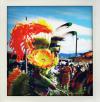
| Story Views | |
| Now: | |
| Last Hour: | |
| Last 24 Hours: | |
| Total: | |
Rio Yaqui, Mexico: Preservation of Indigenous Languages and Culture
Indigenous from Sonora and Sinaloa, Mexico, gather for the preservation of languages and culture
 |
| Yaqui language learning cards Photo Brenda Norrell |
By Brenda Norrell
Censored News
copyright Brenda Norrell
COCORIT PUEBLO, Sonora, Mexico — The scent of the mesquite wood is sharp and crisp, as the dancers get ready. Inside, Indigenous from across the states of Sonora and Sinaloa, Mexico, discuss how to preserve and protect their languages and culture.
Indigenous gathered are discussing ways to preserve the Pascolas traditional dances of Yoeme, O'odham and other Indigenous in the states of Sonora and Sinaloa.
Alejandro Aguilar Zelleny of the Instituto Nacional de Antropologica e Historia, INAH, said the effort is underway to preserve the traditions and cultures. Indigenous Peoples are expressing concerns, and ways, of how to keep the traditions and culture in tact for future generations. They are working toward recognition of traditions and culture by UNESCO, Aguilar said.
 |
| Photo copyright Brenda Norrell |
We return her to work, and thank her. Inside the Yaqui Museum is a tribute to the Yaqui pueblos, their history, language and culture. At lunch, there is the unexpected: It is new cuisine of stuffed chicken breasts, vegetables, and an artistic ring of a whole grain tortilla. At the table, the languages spoken are O’odham, Spanish and English. Other languages drift across the meal from neighboring tables.
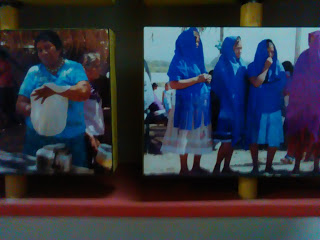 |
| Rio Yaqui cultural exhibit at Yaqui Museum at Cocorit, Sonora, Mexico. Photo Brenda Norrell |
Back at the gathering today, an espresso coffee shop with free wifi is located across the road. Unexpectedly, a Yaqui cowboy rides up on his horse. In Spanish he happily greets another Yaqui man at the door of the museum, both are wearing the crisp white cowboy hats that are worn here. “Hola, where you from?” the Yaqui on horseback asks, happy to greet others to this community. There is a peace and joy here, not far from the sea, and not far from Vicam, where one of the greatest water battles of our times has unfolded.
Photo below: Victor Garcia Brown of the ritual ceremony of the flying papantla. Photo by Brenda Norrell.
Below: Comcaac (Seri) elder from the coastal fishing villages of Comcaac, speaks on preservation of language and culture. Photo Brenda Norrell.
.
Brenda Norrell has been a news reporter in Indian country for 29 years, serving as a writer for Navajo Times and a stringer for AP and USA Today during the 18 years she lived on the Navajo Nation. After being a longtime staff reporter for Indian Country Today, she was censored and terminated. She then created Censored News, focused on Indigenous Peoples and human rights, now in its fifth year.
Source: http://bsnorrell.blogspot.com/2016/10/live-from-rio-yaqui-mexico-preservation.html



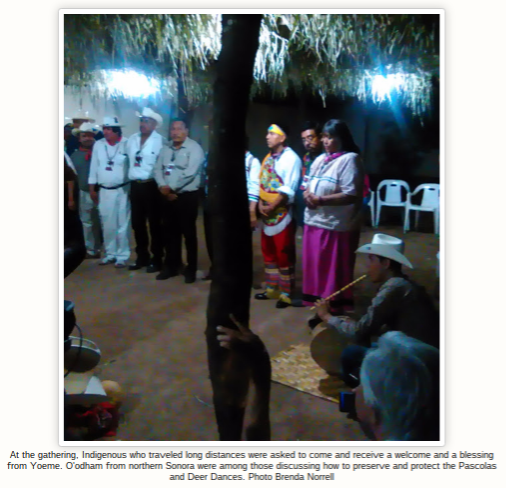
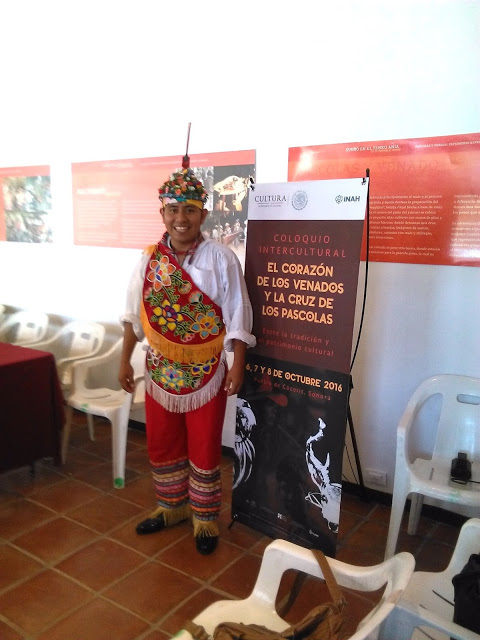
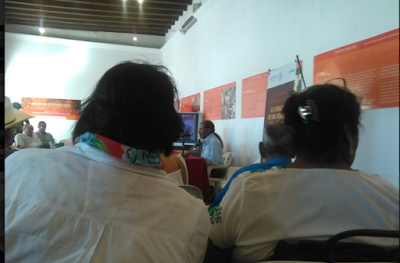

Thanks for the article. I’m a big fan of travelling. Next year I’m going to move to Mexico and to enter the Uni there. It’s not so easy to do ‘cos it requires a lot of docs to translate (I’ve already started to do it here https://www.translateshark.com/spanish.html). Also I take private language-classes with the native speaker.